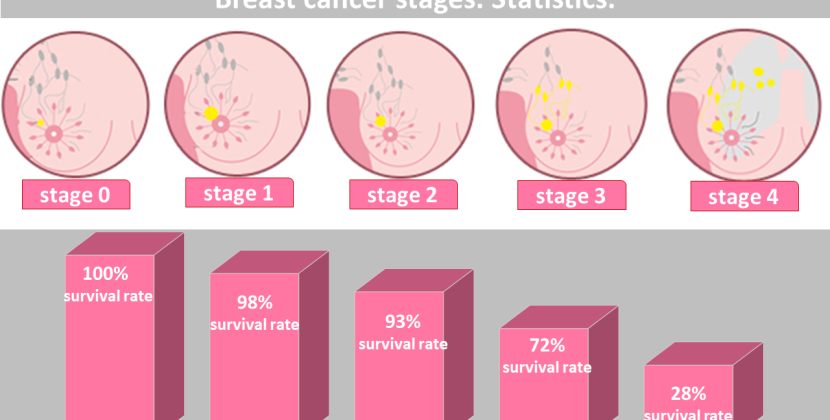
Introduction
Breeding programs within zoos represent a crucial facet of global conservation efforts, playing a pivotal role in safeguarding endangered species from the brink of extinction. Among these programs, Raja’s move serves as a beacon of hope and a potential success story for elephant conservation initiatives. However, understanding the broader implications of breeding programs necessitates a closer examination of the challenges and successes inherent in these initiatives.
A Triumph in Elephant Conservation
Raja, a magnificent bull elephant, became a centerpiece of attention in the realm of conservation efforts. His relocation from one zoo to another wasn’t merely a translocation of an animal; it symbolized the culmination of dedicated conservation endeavors and collaboration between various stakeholders. Raja’s move highlights the significance of strategic breeding programs in zoos. These initiatives often involve meticulous planning, genetic research, and cooperation between institutions to ensure the preservation of a species. His relocation aimed not only to provide him with a conducive environment but also to contribute to the genetic diversity of captive elephant populations—a key aspect in ensuring their long-term survival.
Challenges in Breeding Programs
Breeding programs encounter multifaceted challenges that necessitate meticulous navigation:
Genetic Diversity
Maintaining genetic diversity within captive populations poses a significant challenge. Limited gene pools in captive animals can lead to inbreeding depression, making populations susceptible to various health issues and reducing their ability to adapt to changing environments.
Space and Resources
Zoos often face constraints regarding space and resources, which can impede successful breeding programs. Creating environments conducive to natural behaviors, social interactions, and adequate space for species like elephants poses logistical challenges.
Behavioral and Health Considerations
Recreating natural behavioral patterns and ensuring the physical and mental well-being of animals in captivity are complex. Stress-related issues, reproductive challenges, and behavioral abnormalities are common among animals kept in confined spaces.
Inter-Institutional Collaboration
Successful breeding programs necessitate collaboration among different zoos and conservation organizations. Coordinating efforts, sharing knowledge, and managing breeding recommendations can be logistically challenging, especially when dealing with animals that require specialized care.
Successes and Strategies
Despite these challenges, breeding programs have registered significant successes:
Population Stability
Several species owe their existence to breeding programs. Species like the Przewalski’s horse and California condor have been saved from extinction through captive breeding and subsequent reintroduction programs.
Education and Awareness
Zoos and their breeding programs play a vital role in raising public awareness about conservation. Visitors get firsthand exposure to endangered species, fostering a deeper understanding of the importance of biodiversity and conservation efforts.
Technological Advancements
Advancements in reproductive technologies, such as artificial insemination and genetic research, have enhanced the success rates of breeding programs. These technologies help overcome genetic barriers and aid in maintaining genetic diversity.
Collaborative Efforts
Increased collaboration among zoos, conservationists, and governments has strengthened breeding programs. Initiatives like Species Survival Plans (SSPs) offer structured breeding guidelines to maintain genetic diversity and population health.
A Testament to Collaboration and Hope
Raja’s relocation exemplifies the culmination of these challenges and successes. His move wasn’t merely a transfer; it was a testament to the collaborative efforts of multiple stakeholders committed to elephant conservation. It represented a step forward in ensuring the genetic diversity and well-being of captive elephant populations.
The Role of Breeding Programs
As wild populations shrink, elephant breeding programs offer a controlled environment where elephants can safely mate and reproduce. These programs are run by wildlife parks, sanctuaries, and zoos around the world. Their main goals are:
- Genetic Diversity
By carefully choosing mating pairs, breeders maintain healthy gene pools. This diversity reduces the risk of inherited diseases and strengthens the species’ resilience. - Population Support
Babies born in breeding programs can later join rewilding projects or semi-wild reserves. This supports wild herds and helps repopulate areas where elephants have vanished. - Research and Education
Scientists study elephant behavior, health, and reproduction in these programs. Their findings improve care standards and inform conservation strategies in the wild.
Breeding programs are complex and require experts in animal behavior, veterinary medicine, and habitat simulation. Yet, they remain one of the best tools for boosting elephant numbers and safeguarding their future.
How Elephant Breeding Programs Work
Successful breeding programs blend science with compassionate care:
- Habitat Simulation
Breeding centers recreate natural conditions. They provide large enclosures with varied terrain, pools for bathing, and rich vegetation. This environment keeps elephants physically and mentally healthy. - Health Monitoring
Veterinarians perform regular checkups, blood tests, and ultrasound scans. They monitor hormonal cycles to determine the best mating windows. Any health issues are treated immediately to ensure the safety of mothers and calves. - Behavioral Pairing
Elephants form social bonds. Breeders introduce compatible partners gradually, observing their interactions. Positive behaviors like trunk touching and gentle nudges signal readiness for mating. - Calf Rearing
When a calf is born, keepers provide round-the-clock care. They ensure the calf nurses properly and bonds with its mother. Staff also encourage social play with other young elephants to build strong herd dynamics.
Through these steps, breeding programs increase birth rates and help calves like Raja thrive until they are old enough for wider social integration.
Raja’s Experience in the Breeding Program
After his rescue, Raja spent months acclimating to the center’s habitat. He bonded with other young males and learned to forage on local plants. Caregivers guided him through mock mating rituals with a gentle female elephant. When the time was right, natural pairing took place under veterinary supervision. Within weeks, the female showed clear signs of pregnancy. Raja’s first calf was born after a 22-month gestation period—typical for elephants. That moment marked a milestone in the breeding program’s success. Raja’s journey from rescued calf to caring father shows how dedicated efforts can restore elephant populations.
Success Stories in Elephant Conservation
Raja is not alone in his path. Many breeding programs have celebrated major wins:
- Project Elephant in Asia: This initiative has supported dozens of breeding centers across India, Nepal, and Thailand. Wild calf numbers have risen by 15% in protected regions over the past decade.
- African Elephant BioBank: In Kenya, researchers store genetic samples from wild and captive elephants. These samples guide breeding pairings and preserve rare genes for future use.
- Sanctuary of Hope in South Africa: Former circus and logging elephants find refuge here. The sanctuary blends breeding with rehabilitation, giving older elephants a dignified life and young ones a chance to breed freely.
These stories underline the power of elephant breeding programs to turn the tide against extinction.
Challenges Facing Breeding and Conservation
Despite progress, elephant conservation and breeding face hurdles:
- Space Requirements
Elephants need vast areas to roam and graze. Securing enough land for breeding centers is expensive and often involves negotiating with local communities. - High Costs
Veterinary care, habitat maintenance, and staff salaries require steady funding. Donor fatigue can strain budgets and slow program growth. - Human-Wildlife Conflict
As human populations grow, lands once used by elephants shrink. Breeding success must link back to safe corridors and protected areas in the wild—a complex task. - Climate Change
Changes in rainfall patterns affect food and water availability for both wild and captive herds. Conservationists must adapt breeding calendars and habitat designs to cope with shifting climates.
Addressing these challenges requires global cooperation, innovative funding models, and long-term policy support.
Conclusion
Breeding programs in zoos embody a nexus of challenges and successes in the realm of conservation. Raja’s move stands as a testament to the perseverance and collaboration essential for the success of such programs. Overcoming hurdles in maintaining genetic diversity, addressing space and behavioral considerations, and fostering collaboration remain crucial for the sustained success of breeding programs. Through continued dedication, technological advancements, and collective efforts, these programs can continue to serve as beacons of hope for endangered species and the conservation of biodiversity worldwide.








